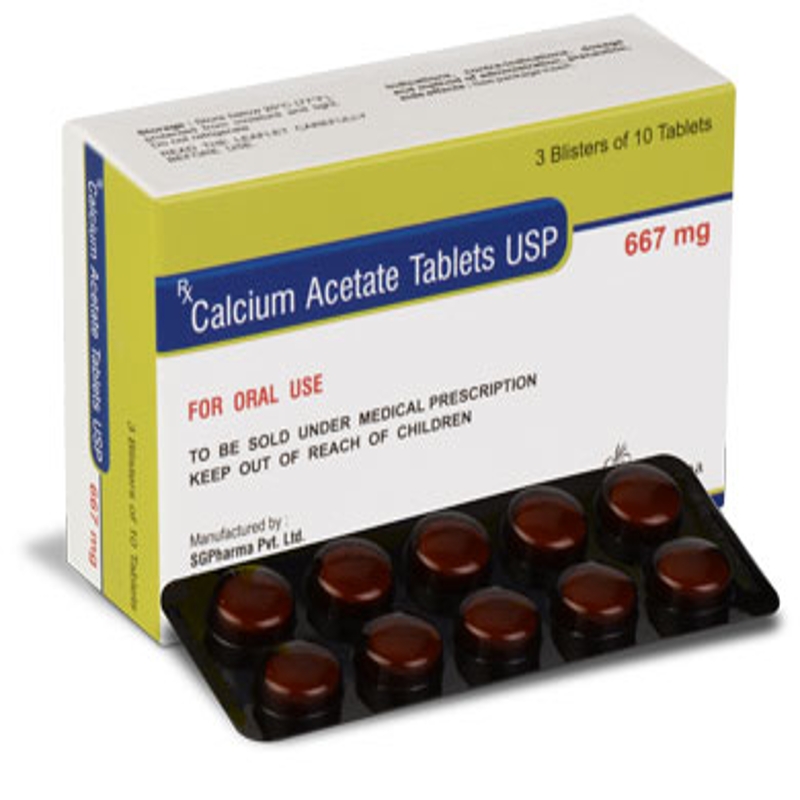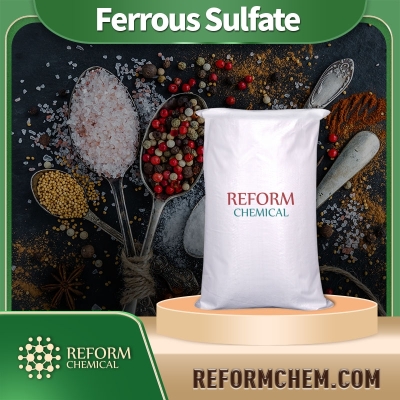-
Categories
-
Pharmaceutical Intermediates
-
Active Pharmaceutical Ingredients
-
Food Additives
- Industrial Coatings
- Agrochemicals
- Dyes and Pigments
- Surfactant
- Flavors and Fragrances
- Chemical Reagents
- Catalyst and Auxiliary
- Natural Products
- Inorganic Chemistry
-
Organic Chemistry
-
Biochemical Engineering
- Analytical Chemistry
-
Cosmetic Ingredient
- Water Treatment Chemical
-
Pharmaceutical Intermediates
Promotion
ECHEMI Mall
Wholesale
Weekly Price
Exhibition
News
-
Trade Service
Multiple myeloma (MM) is a malignant disease with abnormal proliferation of clonal plasma cells, in recent years, with the prolongation of patient survival and the improvement of imaging technology, the detection rate of extramedullary disease (EMD) in MM has gradually increased, and these patients often have a poor prognosis and lack of effective treatment
due to factors such as strong disease aggressiveness and multi-drug resistance.
This article will sort out the current situation and future development direction of MM with EMD diagnosis and treatment, the specific content is as follows
.
EMD is characterized by the presence of clonal plasma cells outside the bone marrow in MM patients, and mainly includes two types: bone-related EMD, that is, plasma cells break through the bone cortex and continuously infiltrate the parabone area or soft tissue; Bone is not associated with EMD, i.
e.
, hematogenous spread to soft tissues or internal organs and is not adjacent to
bone.
Patients with bone-unrelated EMD have worse
survival outcomes.
According to literature reports, about 7% to 17% of MM patients have EMD at diagnosis, and 6% to 20% of MM patients have EMD1
found during the course of the disease.
At diagnosis, EMD is usually seen in the skin and soft tissues; Typical sites of involvement in relapse include the liver, kidneys, lymph nodes, central nervous system, breast, pleura, and pericardium2
.
Compared with MM patients without EMD, overall survival (OS) is significantly shorter1 (Table 1), so clinicians should aggressively examine the patient, diagnose early, and intervene
as soon as possible.
The diagnosis of EMD relies on imaging evaluation and pathological biopsy, and PET-CT and magnetic resonance imaging (MRI) are important parts of
diagnosis and efficacy assessment.
MRI can accurately assess spinal cord involvement and nerve root compression, and can detect central invasion lesions; PET-CT is an effective test for the detection of extramedullary lesions, with a sensitivity and specificity of 96% and 78%, respectively, and is also useful in assessing efficacy3
.
High lactate dehydrogenase (LDH) levels and high-risk cytogenetic features are often associated with EMD and are associated with a higher risk of early progression or disease-related death in patients with MM, so PET-CT should be performed in clinical practice in all patients with suspected EMD such as high serum LDH levels or stage III of the Revised International Staging System (R-ISS
).
Table 1 Survival outcomes of MM patients with EMD in each study
EMD at diagnosis is associated with poor prognosis in MM patients, and patients with EMD in the event of disease recurrence or advanced refractory treatment have a worse prognosis, facing huge and urgent clinical unmet needs
.
For the treatment of MM patients with EMD, due to the small sample size, most of the available data come from retrospective studies, and the inconsistency of the definition of EMD and the evaluation method of efficacy, the standard treatment plan is still inconclusive
.
In the era of new drugs, various new therapies have significantly improved the survival time of MM patients, and some treatment strategies have shown good application potential
for the treatment of MM with EMD.
A retrospective analysis4 of 45 patients with relapsed/refractory MM (RRMM) with EMD who received carfilzomib-based therapy from June 2013 to September 2019 showed an overall serological response rate (ORR) of 59%, of which 33 patients had an evaluable EMD response, an ORR of 27%, and a partial response (PR) rate of 27%.
Median progression-free survival (PFS) and OS were 5 and 10 months, respectively (Figure 1).
This study shows that carfilzomib-based treatment strategies have shown some efficacy in patients with RRMM with EMD, and the optimal combination regimen can be further explored
in future studies.
Fig.
1 Retrospective analysis of patients with PFS(a) and OS(b) based on carfilzomib therapy
As an important representative drug for RRMM treatment, CD38 monoclonal antibody is also expected in MM patients with EMD
.
A prospective phase II trial evaluated the efficacy and safety of the Dara-DCEP (daratumumab + dexamethasone + cyclophosphamide + etoposide + cisplatin) regimen in patients with RRMM with EMD who had been previously exposed to bortezomib5
.
Patients received 3 cycles of Dara-DCEP induction, sequential/unsequential autologous hematopoietic stem cell transplantation, followed by 5 cycles of daratumab maintenance
.
Based on the best response during the study, among the 31 patients with evaluable efficacy, the ORR was 67.
7%, the complete response (CR) rate was 35.
5%, and 19.
4% showed a durable response as of the data (Table 2).
At a median follow-up of 11 months, the median PFS was 5 months and the median OS was 10 months
.
The results suggest that daratumab in combination with chemotherapy may improve the overall prognosis of MM patients with EMD to some extent, and appropriate dose adjustment can help reduce toxicity
.
Table 2 RRMM phase II trial results for Dara-DCEP treatment with EMD
A study of 24 patients (14 patients, Isa-Pd; 10 cases, Pd) and 19 (12 cases, Isa-Kd; 7 cases, Kd) patients with soft tissue plasmacytoma were analyzed after the fact6, and the prospect
of Isatuximab in MM with EMD was also observed 。 The study showed that at a median follow-up of 18.
7 months, the median PFS of patients with soft tissue plasmacytoma treated with Isa-Pd/Isa-Kd was similar to that of patients without soft tissue plasmoma treated with Pd/Kd, but the combination of Isatuximab in addition to Pd/Kd significantly prolonged their PFS (median PFS 16.
9 months versus 2.
6 months)
in patients with soft tissue plasmacytoma 。 Meanwhile, the ORR (50.
0% vs 17.
7%) and very good partial response or better response (≥VGPR) of the Isa-PD/ISA-KD cohort compared with the Pd/Kd cohort were associated with VGPR; 26.
9% vs 11.
8%) also improved (Figure 2).
In terms of safety, Isa-Pd/ISA-KD showed a controllable safety profile in the subgroup of patients with soft tissue plasmacytoma and was consistent
with the observations in the general population.
*Isa: Isatuximab, K: carfilzomib, d: dexamethasone, P: pomalidomide
Fig.
2 Post-hoc analysis of PFS in ICARIA-MM and IKEMA studies
In the face of relapsed and refractory people with EMD, the application of new mechanism of action drugs is also an important strategy
to solve the dilemma.
The performance of the nuclear output protein inhibitor celinisol in STORM Study 7 supports its potential treatment option in MM patients with EMD, in a subgroup of 27 patients with baseline EMD, 16 patients treated with celinisol plus low-dose dexamethasone could be evaluated for EMD, 9 of whom had complete regression of plasma cell tumors or reduced size and/or decreased metabolic activity
.
As a result, it can be seen that Seliniso offers hope
for improving the survival of MM patients with EMD.
Chimeric antigen receptor T (CAR-T) cells targeting BCMA are even more impressive in RRMM with EMD
.
The KarMMa study results confirmed the good efficacy and safety of idecabtagene vicleucel in the treatment of RRMM, and its high-risk subgroup analysis8 showed that 70% of ORR and 24% of CR were achieved in 50 patients with EMD, although the efficacy showed disadvantage compared to those without EMD (Table 3).
BCMA CAR-T is a promising treatment option
for MM patients with EMD.
Table 3 Efficacy of KarMMa in EMD subgroups
PET-CT is important for diagnosis and post-treatment follow-up with EMD, and the treatment of MM with EMD currently faces multiple challenges and no standard treatment options
.
Newer therapies such as carfilzomib, celinisoce, Isatuximab-based combination regimens and CAR-T have been shown to be of benefit
to patients with RRMM with EMD.
We look forward to more exploration in the future to bring safer and more effective treatment options to patients with EMD MM and help improve their clinical outcomes
.
"
*Isatuximab has not yet been approved in Chinese mainland
MAT-CN-2228525
References
[1] Li Y, et al.
Transl Oncol.
2022 Aug; 22:101465.
[2] Bladé J, et al.
Blood Cancer J.
2022 Mar 21; 12(3):45.
[3] Rosiñol L, et al.
Br J Haematol.
2021 Aug; 194(3):496-507.
[4] Zhou X, et al.
Cancers (Basel).
2020 Apr 23; 12(4):1035.
[5] Byun JM, et al.
J Hematol Oncol.
2022 Oct 23; 15(1):150.
[6] Beksac M, et al.
Leuk Res.
2022 Nov; 122:106948.
[7] Andrew J, et al.
Blood.
2019; 134(Sup 1):3140.
[8] Raje NS, et al.
2021 TCT.
Abstract 68.
Disclaimer: This platform is designed to deliver more medical information
to healthcare professionals.
The content published on this platform cannot replace professional medical guidance in any way, nor should it be regarded as diagnosis and treatment advice
.
If such information is used for purposes other than understanding medical information, this platform does not assume relevant responsibilities
.
The content published by this platform does not mean that it agrees with its description and views
.
If copyright issues are involved, please contact us and we will deal with
it as soon as possible.
Poke "Read Original" to see more







